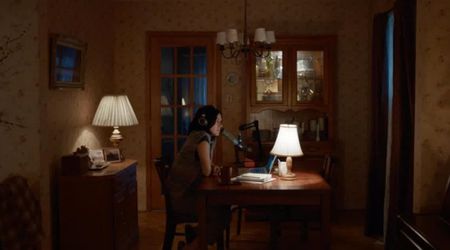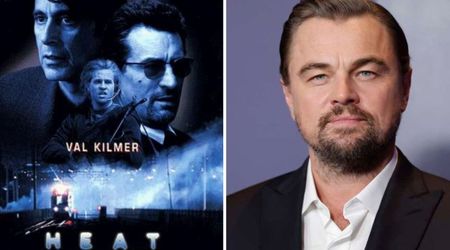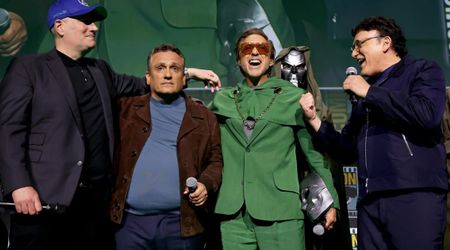'Cleopatra: Sex, Lies and Secrets' Review: Science Channel documentary is a must-watch for archaeology lovers

One of the most enigmatic figures of Ancient Egypt was Cleopatra VII, not only because she was a woman ruler during a time which featured mostly male rulers, but also for her affairs with two great Romans — Julius Ceaser and Marc Antony. One of the main reasons she remains so mysterious is because her tomb has not been discovered.
Well-educated and clever, Cleopatra could speak various languages and was the dominant ruler in all three of her co-regencies. Her romantic liaisons and military alliances with Roman leaders Julius Caesar and Mark Antony, as well as her supposed exotic beauty and powers of seduction, earned her an enduring place in history and popular myth.
Over the years, many archaeologists and historians have studied the history of Ancient Egypt and remains to find out more about the last queen of Egypt, who was famously thought to have died after poisoning herself with a snake bite.
A new documentary by Science Channel aimed to uncover the secrets of Cleopatra by excavating the Taposiris Magna, also known as the Palace of Abu Sir. The ancient temple was established by Pharaoh Ptolemy II Philadelphus between 280 and 270 BCE. According to Plutarch, the temple denotes the tomb of Osiris, which is the translation of the name.
The expedition was led by Dr Kathleen Martinez, a Dominican archaeologist who intends to find Cleopatra's tomb. Martinez's expedition of the Taposiris Magna found 27 tombs, 20 of which are shaped like vaulted sarcophagi, partly underground and partly aboveground. The remaining seven consist of staircases leading to simple burial chambers. Inside these tombs, the team has found a total of 10 mummies, 2 of them gilded.
The Science Channel documentary gives its viewers a peek into how the archaeologists went about their excavation. When Martinez's team finds two mummies in one of the tombs, some excitement arises — Martinez believes that Cleopatra was buried at the Taposiris Magna, and legend states that the ancient queen was buried with her lover, Marc Antony.
Through meticulous work and the use of advanced tools, the team slowly extracts information from the mummies — both of which are deteriorating from exposure to Egypt's heat and humidity. The team finds that the mummies are both wrapped in gold leaf, with one of them having a painted scarab on.
This leads Martinez to conclude that the two mummies were priests who served offerings at the Taposiris Magna at the behest of Cleopatra. Moreover, the team also finds the remains of statues that looked like they were dressed in Greco-Roman style robes and even a set of coins that depict Cleopatra's side profile on one side — another indication that the temple was functioning during Cleopatra's time.
One of the interesting aspects of the documentary was how they found that Eastern and Western retellings of Cleopatra's story differed — while Western narratives focused on Cleopatra as the lover of two famous men, Eastern narratives spoke of her being a philosopher and a writer of many books.
The Science Channel documentary certainly held promise and while a few discoveries were tied to Cleopatra, there was nothing significant that was uncovered about the ancient queen herself. As such, if you're a Cleopatra enthusiast, you may be left displeased. However, the documentary serves as a brilliant watch for those who are more interested in the archaeology side of things.










